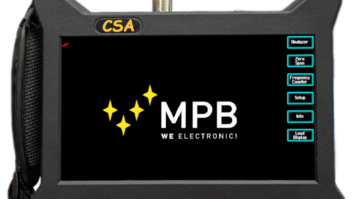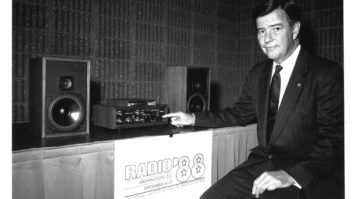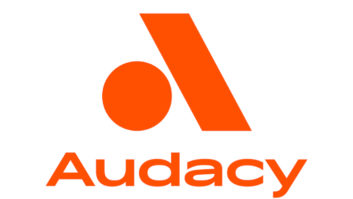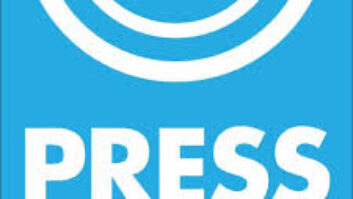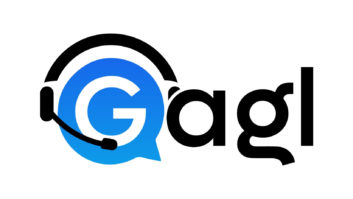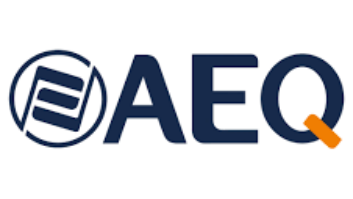Steve Davis, the senior vice president of engineering for Clear Channel Radio, will present a paper during the NAB Show’s Broadcast Engineering Conference on the company’s new “National VSAT Safety Net.” I asked him for details in an e-mail exchange.
What is a national VSAT safety net?
This is a satellite-based backup system that connects our studios and tower sites via VSAT (Very Small Aperture Terminal) Ku band uplinks and downlinks, configured so we can send data and audio.
What prompted this project at Clear Channel and who led the work to implement it?
(click thumbnail)
Diagram of the SaTL connection. Steve Davis said, ‘In our widespread operation we find ourselves falling back on this about once every other week somewhere, for a few hours to a week or more.’The project was prompted primarily by Hurricane Katrina. We had to assemble an “ad hoc” system to get our audio programming out to our tower sites with STL towers and dishes knocked down, and at times needed a backup to our WAN data connection. I led the rollout project, but John Hogan, our CEO, directed us to do something to improve our disaster readiness. Allan Brace and Mike Sanchez were instrumental partners in rolling this out.
You talk in the session summary about how this was prompted by problems of loss of WAN connectivity, loss of audio and loss of site control. Do such problems happen often? Under what circumstances?
Just today (March 13) we lost our STL in Ft. Myers, Fla. We were able to stay on the air by using this system.
We lose our land lines (WAN connectivity) from time to time due to “backhoe fade” as well as storms and other larger problems. The cause can be interference, a bad STL transmitter or receiver, a fallen dish or dish blown off aim, loss of power to a switch or CO (in the case of T1s and other land lines), etc.
In our widespread operation we find ourselves falling back on this about once every other week somewhere, for a few hours to a week or more.
Is this infrastructure layer specifically for backup purposes only? Or does it now provide a new way for the company to transit data regularly?
It is for backup/disaster readiness purposes only. The existing land lines and STL systems are usually more efficient in terms of cost for the bandwidth.
Technically, what was involved in setting this up?
Setting up the network from the market side consists of mounting and locating a small dish and connecting it to a Satellite Information Terminal, or SIT. On the studio end, this is connected to an encoder so audio can be fed into the system as data; at the transmitter end, the SIT output is connected to a decoder to convert the data back to audio. There is a remote-controllable switcher at each transmitter site that can be commanded over to this backup audio source in lieu of the traditional or even backup delivery channel. The dish is aimed using a Birdog device.
On the national side, we did a study of power and dish size needed for reliability across the U.S. We determined that to get the transmit bandwidth needed for studio WAN connectivity for multiple stations, we’d need a 6 watt BUC (transmitter). At the transmitter sites that are primarily down linking data, only a 2W BUC was needed. Studies showed that a .98 meter dish would work in most of the U.S., with a 1.5 meter dish being needed in certain latitudes. We designed our own switch box controlled by an IP-addressable controller. The studio units are connected to the facility’s core switch.
What did it cost?
The cost is about $3,200 per site, depending on specific options.
If an engineering manager wants to do something similar, any tips or pitfalls to avoid?
The pitfalls are basically the same as with any satellite installation: You need an unobstructed view of the satellite and a reliable, sturdy mount. More details will be presented in the session.
What lesson should radio managers take from this experience?
We haven’t learned many lessons from installation of this network per se. Rather, lessons learned from many hurricanes, floods, blackouts, power outages and just plain equipment failures showed us the necessity of having a completely separate, alternate delivery path to maintain connectivity in today’s environment, where connectivity is so essential.
Some of our stations rely on land lines, such as T1s, to convey audio to tower sites. It is a terrible feeling to be sitting helpless while the station is off the air! This gives us one way to take control of that situation. In essence we are “packing our own chute.”
Davis will speak Wednesday morning, April 22, as part of the “Disaster Preparedness & Public Alerting” presentations.






